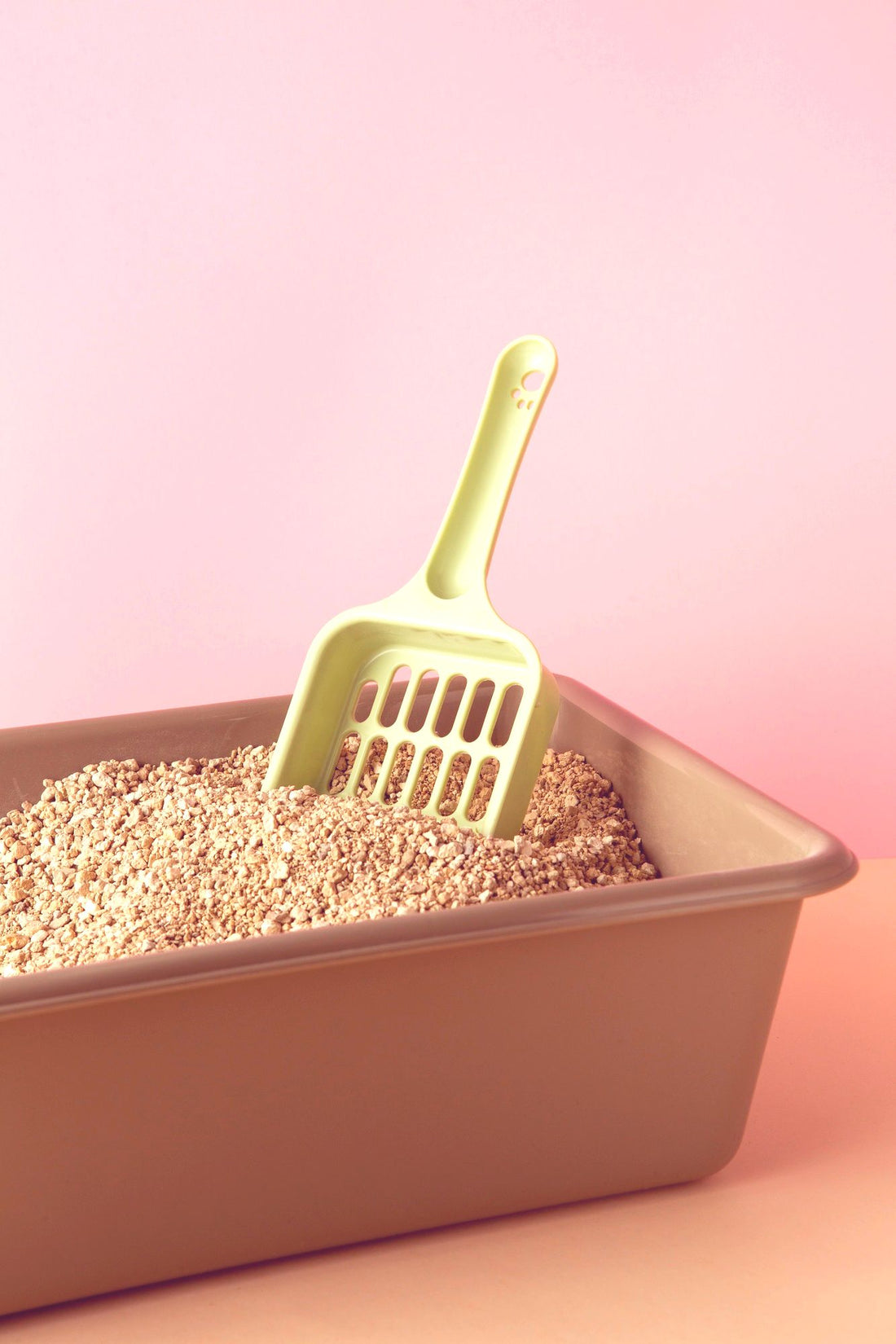
The Benefits of Switching to Eco-Friendly Cat Litter
Maia Thorne Tags:In a world where eco-conscious choices are becoming increasingly integral to our daily lives, it's no surprise that pet owners are seeking sustainable alternatives for their furry companions. One simple yet impactful change is transitioning to eco-friendly cat litter. Beyond being an environmentally responsible choice, there are numerous benefits to making the switch. In this article, we'll explore why eco-friendly cat litter is gaining popularity and how it can positively impact both your feline friend and the planet.
Reduced Environmental Impact
Traditional cat litters, often made from clay or silica, have a significant environmental footprint. Mining and processing these materials contribute to habitat destruction and air pollution. On the other hand, eco-friendly cat litters, typically made from recycled paper, wood, corn, or wheat, are biodegradable and produced with fewer environmental resources. By making the switch, you actively contribute to reducing the overall environmental impact of cat litter production.
Healthier for Your Cat
Many conventional cat litters contain synthetic fragrances, chemicals, and dust that can be irritating to both cats and their owners. Eco-friendly alternatives, such as those made from natural fibers, are often free from harmful additives. This is particularly beneficial for cats with sensitivities or allergies, ensuring a comfortable and irritation-free environment for your feline companion.
Improved Odor Control
One common concern for cat owners is managing the inevitable odors associated with litter boxes. Eco-friendly cat litters, surprisingly, can offer superior odor control compared to their traditional counterparts. Natural materials like activated charcoal, baking soda, and plant extracts are often integrated into these litters to neutralize odors effectively, providing a fresher and more pleasant living space for both you and your cat.
Easy Disposal
The biodegradable nature of eco-friendly cat litters simplifies the disposal process. Traditional litters, especially those made from non-renewable resources, contribute to landfill waste and take years to break down. Eco-friendly options, on the other hand, can be safely composted or disposed of in a responsible manner, further minimizing their environmental impact.
Clumping Capabilities
One misconception about eco-friendly cat litters is that they may lack the clumping abilities of traditional varieties. However, many eco-friendly options now offer effective clumping performance, simplifying the task of cleaning the litter box. This not only makes daily maintenance more manageable but also conserves litter, making it a cost-effective choice in the long run.
Gentle on Paws
Cats can be quite particular about the texture of their litter. Some conventional litters with coarse or unnatural textures may be uncomfortable for sensitive cat paws. Eco-friendly alternatives, often made from softer materials, provide a more pleasant and natural texture for your cat, contributing to their overall well-being.
Supporting Sustainable Practices
By choosing eco-friendly cat litter, you align your purchasing decisions with sustainability and support companies committed to environmentally friendly practices. Many eco-conscious brands use recycled packaging, further reducing their overall ecological footprint. This conscious choice empowers you as a consumer to contribute to a more sustainable and environmentally friendly pet care industry.
Conclusion
Transitioning to eco-friendly cat litter is a simple yet impactful step towards creating a more sustainable and healthy environment for both your cat and the planet. From reduced environmental impact to enhanced odor control and improved overall well-being for your feline companion, the benefits are numerous. As more pet owners recognize the importance of making eco-conscious choices, the popularity of sustainable cat litter options is sure to grow. So, why not take the leap and make a positive change that benefits your cat and the world they live in?
